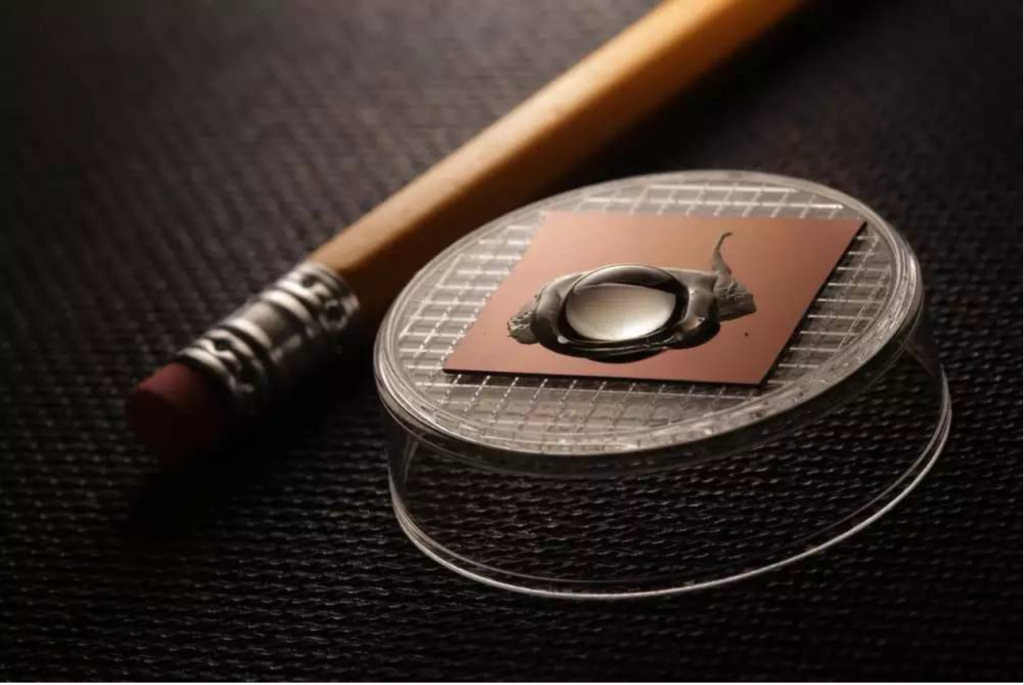Ensuring Food Safety with Graphene Sensors: Rapid Detection of Harmful Substances in Food
Food safety is a global concern, with harmful substances such as pesticide residues, heavy metals, and other contaminants posing serious risks to human health. Traditional methods for detecting these substances are often time-consuming, expensive, and require specialized equipment. The emergence of graphene-based sensors has revolutionized food safety testing, offering a faster, more accurate, and portable solution.

The Unique Advantages of Graphene in Food Safety Detection
Graphene, a two-dimensional material made of carbon atoms arranged in a hexagonal lattice, exhibits exceptional properties that make it ideal for detecting harmful substances in food:
- High Sensitivity: Graphene’s large surface area and excellent electrical conductivity allow it to detect minute quantities of contaminants.
- Chemical Versatility: Functionalization of graphene enables selective detection of specific molecules, such as pesticides or heavy metals.
- Rapid Response: Graphene sensors provide near-instantaneous results, critical for real-time food safety monitoring.
- Cost-Effectiveness: Portable graphene sensors reduce the reliance on expensive laboratory-based techniques.
Applications of Graphene Sensors in Food Safety
Graphene sensors have been developed for detecting a wide range of harmful substances in food. Below are some of the most significant applications:
1. Pesticide Residues
Pesticides, often used to protect crops, can leave harmful residues on fruits, vegetables, and grains. Graphene sensors can detect these residues with high precision.
- Example: Graphene field-effect transistors (GFETs) functionalized with enzymes like acetylcholinesterase (AChE) can detect organophosphate pesticides, a common class of toxic chemicals, at parts-per-billion (ppb) levels.
2. Heavy Metals
Contamination from heavy metals such as lead, mercury, and cadmium in food products is a significant health risk. Graphene sensors are capable of identifying these contaminants even at trace levels.
- Example: Reduced graphene oxide (rGO) sensors combined with gold nanoparticles can detect lead ions in food samples with extraordinary sensitivity.
3. Food Additive and Adulterant Detection
Graphene sensors can identify illegal or excessive additives, such as melamine in milk or sulfites in wine, which can be hazardous to health.
- Example: A graphene oxide-based sensor detected melamine in milk at concentrations below 0.1 mg/L, providing a rapid alternative to traditional chromatography methods.
4. Microbial Contaminants
Graphene biosensors can detect bacterial contamination, such as Salmonella or Listeria, which are leading causes of foodborne illnesses.
- Example: Graphene sensors functionalized with DNA aptamers demonstrated the ability to detect Salmonella in raw meat within minutes.
Benefits of Graphene Sensors in Food Safety Testing
- Real-Time Analysis: Unlike traditional methods that require laboratory processing, graphene sensors provide on-the-spot results.
- Non-Destructive Testing: These sensors do not require significant sample preparation, preserving the food product for further testing or consumption.
- Portability: Compact and lightweight designs allow graphene sensors to be used in the field, such as on farms or in markets.
- High Throughput: Their ability to test multiple samples quickly makes them suitable for industrial applications.
- Broad Detection Range: Graphene sensors can detect both chemical and biological contaminants.
State of the Art: Products and Technologies
1. Handheld Food Testing Devices
Graphene-based handheld devices are emerging as practical tools for consumers and food inspectors. These devices are equipped with graphene sensors to detect pesticides, heavy metals, and microbial contamination.
2. Packaging-Integrated Sensors
Smart food packaging with embedded graphene sensors can monitor food quality in real-time, alerting consumers to spoilage or contamination.
3. Industrial Food Processing Systems
Graphene sensors are being integrated into food processing lines to provide continuous monitoring of contaminants, reducing risks and ensuring compliance with safety standards.
4. Wearable Food Safety Tools
Innovative wearable devices equipped with graphene sensors allow food handlers and quality inspectors to quickly assess contamination risks.
Real-World Case Studies
1. Pesticide Detection in Fresh Produce
A graphene-based sensor was tested on apples and leafy vegetables to detect pesticide residues. The sensor identified trace amounts of organophosphates within seconds, showcasing its potential for rapid quality assurance in grocery stores and markets.
2. Heavy Metal Monitoring in Seafood
Researchers used graphene oxide sensors to test mercury levels in fish and shellfish. The sensors demonstrated exceptional accuracy, helping to prevent mercury-laden seafood from reaching consumers.
3. Pathogen Detection in Dairy Products
Graphene biosensors were deployed to identify bacterial contamination in milk. The sensors provided real-time results, allowing immediate corrective actions to prevent outbreaks of foodborne illnesses.
Challenges and Future Directions
While graphene sensors hold tremendous promise, certain challenges must be addressed:
- Scalability: Producing high-quality graphene at scale for commercial applications remains a hurdle.
- Interference from Complex Food Matrices: Foods contain diverse compounds that may interfere with sensor readings. Research into more selective functionalization is ongoing.
- Regulatory Approval: Widespread adoption of graphene sensors requires regulatory approval, which involves rigorous testing to ensure reliability and safety.
- Cost of Development: Although graphene sensors are cost-effective in operation, initial development costs can be high.
Future Prospects
- IoT-Enabled Monitoring: Combining graphene sensors with IoT technology for continuous, remote monitoring of food safety.
- Advanced Functionalization: Developing more specific binding agents for detecting new contaminants.
- Wider Consumer Adoption: Miniaturizing graphene sensors for consumer-friendly applications, such as testing kits for home use.
- Integration into Global Food Supply Chains: Graphene sensors can play a critical role in ensuring food safety from farm to fork.
Conclusion
Graphene sensors are reshaping the landscape of food safety by enabling rapid, precise, and portable detection of harmful substances such as pesticides, heavy metals, and microbial contaminants. With their exceptional sensitivity and versatility, these sensors address critical challenges in food safety monitoring, offering significant benefits to consumers, food producers, and regulators.
As advancements in graphene production and sensor technology continue, these innovative tools will become indispensable for ensuring the safety and quality of the global food supply. By embracing graphene sensors, we can create a healthier, safer future for everyone.

